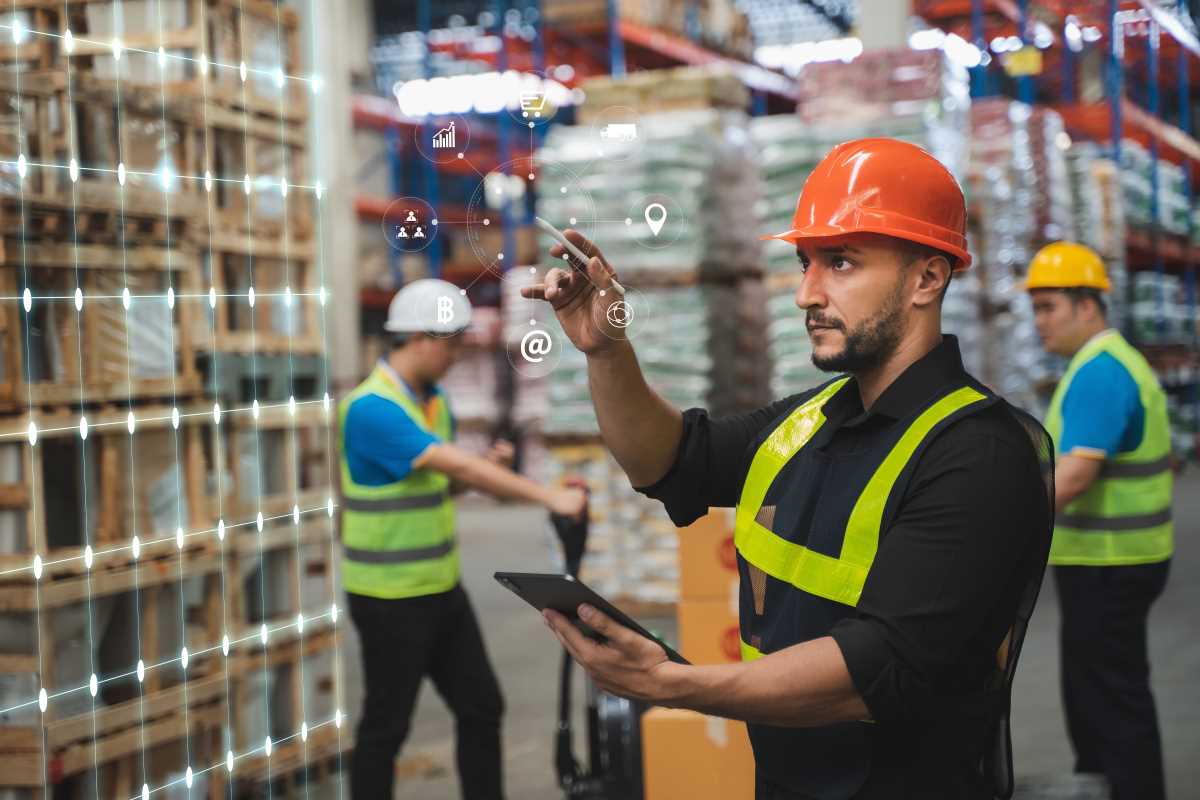The eCommerce industry has experienced exponential growth in recent years, fueled by a surge in online shopping and rising consumer expectations for fast and accurate deliveries. To meet these demands, fulfillment centers are turning to advanced automation technologies, and at the forefront of this transformation are automated robot picking systems. These systems are reshaping the way warehouses operate, offering unparalleled efficiency, precision, and scalability. Here’s an in-depth look at the role of automated picking robots in modern eCommerce fulfillment warehouses and how they’re paving the way for the future of logistics.
How Automated Robot Picking Systems Work
Automated picking robots are designed to move, identify, and retrieve items from warehouse shelves for packing and shipping. These systems leverage a combination of advanced technologies, including artificial intelligence (AI), machine learning (ML), and computer vision, to replicate tasks traditionally performed by human workers. Here’s an overview of the process:
- Item Identification and Localization: Using computer vision and sensors, robots scan QR codes, RFID tags, or visual markers to identify items on shelves. Advanced systems also use AI to recognize products based on shape, size, and position, even in cluttered or unstructured environments.
- Navigation and Movement: Autonomous mobile robots (AMRs) or articulated robotic arms are equipped with navigation systems, such as LiDAR, to move seamlessly through the warehouse. These systems map out the warehouse layout and plan optimal routes to save time and reduce collisions.
- Picking and Handling: Once the robot reaches the designated location, mechanical arms or specialized grippers are deployed to pick up the item. Some robots use suction mechanisms for delicate items, while others employ adaptive grippers for objects of varying sizes and weights.
- Delivery to Packing Stations: The robot carries the item to a packaging area or handoff point. Sophisticated robots integrate with conveyor belts or other automated systems to ensure smooth transfer of items for final processing.
Through these well-orchestrated processes, automated picking systems ensure higher speed and accuracy compared to manual labor, especially in high-demand eCommerce environments.
Benefits of Automated Picking Robots
Adopting automated picking systems offers fulfillment centers numerous advantages, making them a valuable investment for businesses aiming to stay competitive in a fast-paced industry.
1. Increased Efficiency
Robots can operate 24/7 without breaks, drastically reducing the time required to pick and pack orders. They are especially effective in peak seasons when demand surges and fulfillment speed is critical.
2. Improved Accuracy
Human errors in picking can lead to incorrect shipments, returns, and dissatisfied customers. Robots, guided by precise algorithms and computer vision, reduce errors, ensuring the right item reaches the right customer every time.
3. Cost Savings
Although the initial investment in robots and infrastructure can be high, the long-term savings in labor costs are significant. By reducing dependency on manual labor, warehouses can also mitigate challenges related to workforce shortages and turnover.
4. Enhanced Scalability
Automated systems provide flexibility, allowing warehouses to scale operations up or down based on demand. Integrating additional robots into the system is far easier than hiring and training new staff.
5. Better Utilization of Space
Unlike human workers, robots can operate in compact and vertical storage spaces. This enables warehouses to optimize storage density, storing more inventory in the same area without compromising accessibility.
Leading Automated Picking Solutions
Several pioneering companies have developed world-class robotic picking solutions tailored to the needs of the eCommerce industry.
1. Amazon Robotics
Amazon is a trailblazer in warehouse automation, with its robotics division providing advanced fulfillment solutions. Their Kiva robots, which have been renamed Amazon Robotics units, use conveyor and lifting technologies to transport shelving units to human workers for efficient picking and packing. Pairing these robots with machine learning algorithms streamlines inventory management and reduces picking times.
2. Geek+
Geek+, a leader in AMR technology, offers flexible picking and goods-to-person solutions that leverage AI. Their robots are capable of handling a diverse range of products, from apparel to electronics, and are well-suited for high-volume operations. Geek+ robots are used by global eCommerce giants to improve efficiency and optimize workflows.
3. RightHand Robotics
RightHand Robotics specializes in robotic arms designed for precise and versatile item picking. These systems combine AI and advanced gripping technology to handle even the most challenging-to-pick items. They’ve been adopted by fulfillment centers that handle complex assortments of goods.
4. Fetch Robotics
Fetch Robotics provides mobile picking robots that integrate seamlessly into existing warehouse systems. Their collaborative approach allows robots to work alongside human team members, optimizing productivity without requiring a complete warehouse overhaul.
Challenges of Implementing Automated Picking Systems
Despite their benefits, adopting robotic picking systems in fulfillment warehouses comes with its own set of challenges.
- High Initial Investment Costs: The acquisition and deployment of robots, combined with the necessary infrastructure upgrades, require a substantial upfront investment. For small and midsize businesses, this financial hurdle can be prohibitive.
- Integration with Existing Systems: Integrating robots into legacy systems is a complex task that requires careful planning and coordination. Compatibility issues can arise, particularly in warehouses that lack modern inventory management software.
- Maintenance and Downtime: Robots are sophisticated machines that need regular maintenance to ensure peak performance. Extended downtime due to technical issues can disrupt operations and impact fulfillment timelines.
- Change Management: Transitioning to robotic systems requires retraining employees to manage and work alongside robots. Resistance to change or lack of technical expertise can slow down the implementation process.
- Unpredictable Environments: Although robots are getting smarter, they can still struggle in environments that are highly dynamic or disorderly. Managing complex assortments of products remains a challenge in certain industries.
The Future of Warehouse Automation
The use of robotic picking systems is expected to play an even larger role in the future of eCommerce as technology continues to evolve. The integration of AI and machine learning will enhance robot adaptability, enabling them to handle more complex tasks with greater independence. Autonomous systems will likely improve their ability to predict demand fluctuations and optimize storage layouts without human input.
Additionally, the rise of 5G connectivity opens up opportunities for real-time communication between warehouse systems, ensuring smoother performance and fewer delays. Furthermore, advancements in computer vision and gripping mechanisms will allow robots to handle fragile or irregularly shaped items with increased care and precision.
Economic and Environmental Impact
Automated systems aren’t just transforming fulfillment operations—they're also influencing global supply chain strategies. Faster, more efficient warehouses lead to reduced transportation costs, better inventory planning, and lower environmental footprints. By helping businesses meet sustainability goals, robotic solutions contribute positively to both the economy and the planet.
Final Thoughts
Automated robot picking systems represent a quantum leap in the efficiency, accuracy, and scalability of eCommerce fulfillment operations. Leading innovators like Amazon Robotics and Geek+ are setting the bar high by delivering cutting-edge solutions tailored to the unique challenges of the industry.
While initial costs and integration hurdles remain challenges, technological advancements and economies of scale are making these systems increasingly accessible. For businesses looking to stay competitive in the rapidly evolving eCommerce landscape, adopting robotic picking systems is not just a choice—it’s becoming a necessity.
 (Image source: Midjourney)
(Image source: Midjourney) 





